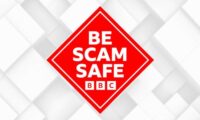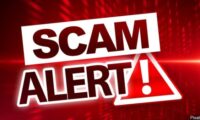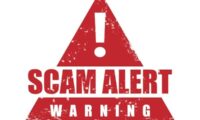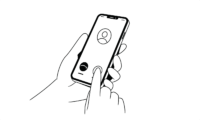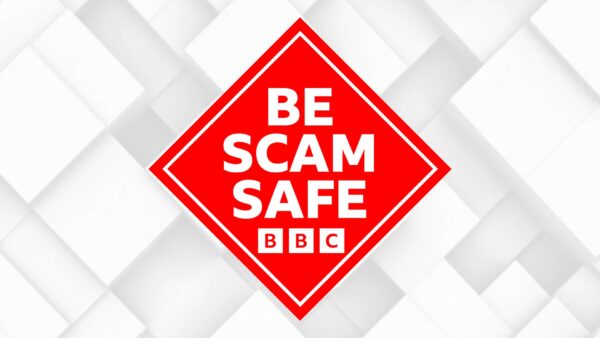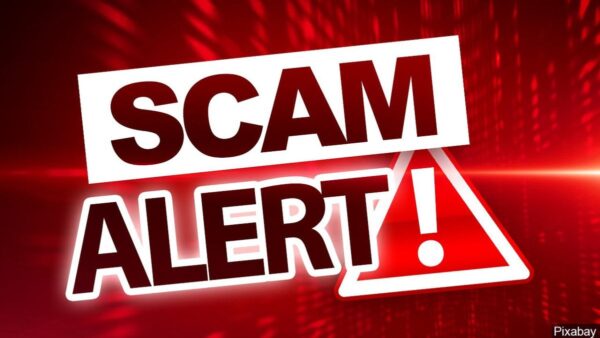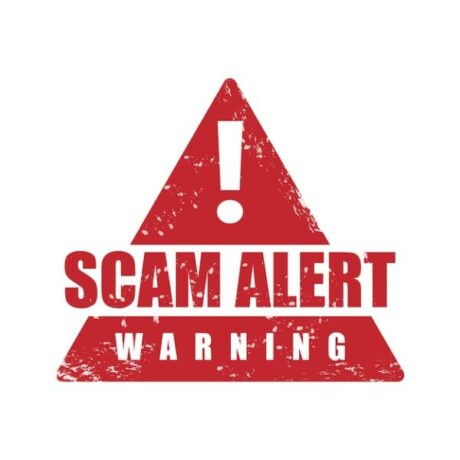
Scam Alert : us9514901185421 , us9514 , 9011 , 85421 , Scam Alert, tracking number us9514901185421 , tracking number
US9514901185421 : scams and fraudulent activities have become more sophisticated and prevalent than ever before. Among the many scams that exist, the US9514901185421 scam is one that has gained notoriety for its ability to deceive unsuspecting victims. we will delve into the details of the US9514901185421 scam, how it operates, and most importantly, how you can protect yourself from falling victim to it.
The US9514901185421 Scam
The US9514901185421 scam, also known as the “Money Transfer Scam,” is a type of online fraud that targets individuals through various channels, including email, social media, and even phone calls.
The scam typically begins with a message or email from someone claiming to be a representative of a financial institution or a government agency. They may use official-sounding language and logos to make their communication seem legitimate.
Also read : https://repostmagazine.com/us9514961195221/
The message often informs the recipient that a substantial sum of money, typically in the thousands or even millions of dollars, is being held in their name. To access this money, the victim is instructed to provide personal information, such as their full name, address, social security number, and bank account details. The scammers use fear and urgency tactics, claiming that failure to comply will result in the forfeiture of the funds.
Red Flags to Watch Out For
Recognizing the signs of the US9514901185421 scam is crucial in protecting yourself. Here are some common red flags to be aware of:
- Unsolicited Contact: Scammers often initiate contact without any prior interaction or request from your side. Be cautious of unexpected messages, emails, or calls.
- Too Good to Be True: Scams usually promise substantial sums of money with minimal effort on your part. If it sounds too good to be true, it probably is.
- Urgency and Fear: Scammers create a sense of urgency, pressuring victims to act quickly. They may threaten legal consequences to make you comply.
- Request for Personal Information: Legitimate institutions will never ask for sensitive personal information, such as your social security number or bank details, through unsolicited messages.
- Spelling and Grammar Mistakes: Scam messages often contain spelling and grammar errors, as well as inconsistencies in the information provided.
Protecting Yourself from the US9514901185421 Scam
Now that we’ve identified the key characteristics of the US9514901185421 scam, let’s explore how you can protect yourself from falling victim:
- Verify the Source: Before taking any action, independently verify the identity of the sender. Contact the official institution directly using contact information from their official website or documents.
- Don’t Share Personal Information: Never share sensitive personal information in response to unsolicited messages or calls. Legitimate organizations won’t ask for such details through these channels.
- Use Strong Authentication: Enable two-factor authentication (2FA) on your accounts to add an extra layer of security. This makes it harder for scammers to gain access to your accounts.
- Educate Yourself: Stay informed about the latest scams and fraud tactics. Awareness is your first line of defense against scammers.
- Report Suspicious Activity: If you receive a suspicious message or encounter a potential scam, report it to the relevant authorities, such as the Federal Trade Commission (FTC) in the United States.
- Trust Your Instincts: If something feels off or too good to be true, trust your instincts and proceed with caution.
conclusion,
The US9514901185421 scam is a dangerous online fraud scheme that preys on unsuspecting individuals. By staying vigilant, educating yourself about common scams, and following the protective measures outlined
you can significantly reduce the risk of falling victim to such fraudulent activities. Remember that your personal information is valuable, and it’s essential to guard it against scammers who seek to exploit it for their gain.
FAQ
1. What is the “us9514901185421” code, and why am I receiving it?
- The “us9514901185421” code is likely a random or fake reference meant to grab your attention. Scammers often use mysterious codes or phrases to make their messages seem urgent or important. It’s a common tactic to lure you into engaging with their scam.
2. How can I identify online scams?
- Online scams can take various forms, including phishing emails, fake websites, investment schemes, and more. Some common signs of scams include unsolicited messages, requests for personal information or money, poor grammar and spelling, and promises that seem too good to be true. Always be cautious when dealing with unfamiliar or suspicious messages.
3. What should I do if I suspect a scam?
- If you suspect that you’ve encountered a scam, do not engage with the sender or click on any links or attachments. Instead, delete the message and report it as spam or phishing if your email or messaging platform provides that option. Additionally, consider informing your friends and family to raise awareness.
4. How can I protect my personal information online?
- To protect your personal information, use strong and unique passwords for online accounts, enable two-factor authentication when available, be cautious when sharing personal details online, and avoid clicking on suspicious links or downloading attachments from unknown sources. Regularly update your devices and use reputable antivirus software.
5. Where can I report online scams?
- You can report online scams to several organizations, depending on your location. In the United States, you can report scams to the Federal Trade Commission (FTC) at ftccomplaintassistant.gov. In other countries, there are often dedicated government agencies or consumer protection organizations that handle scam reports. Additionally, you can report phishing emails to your email service provider.


